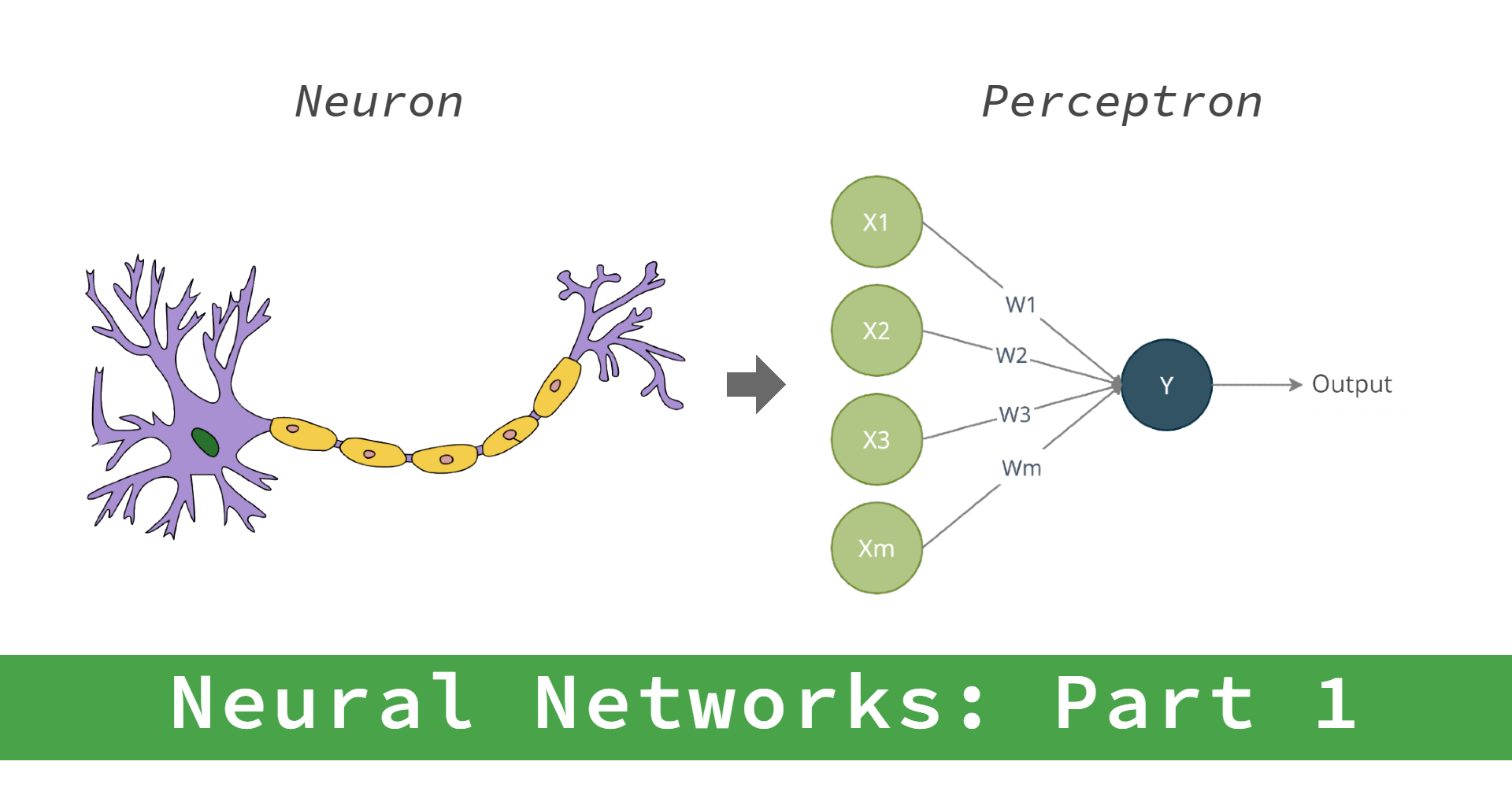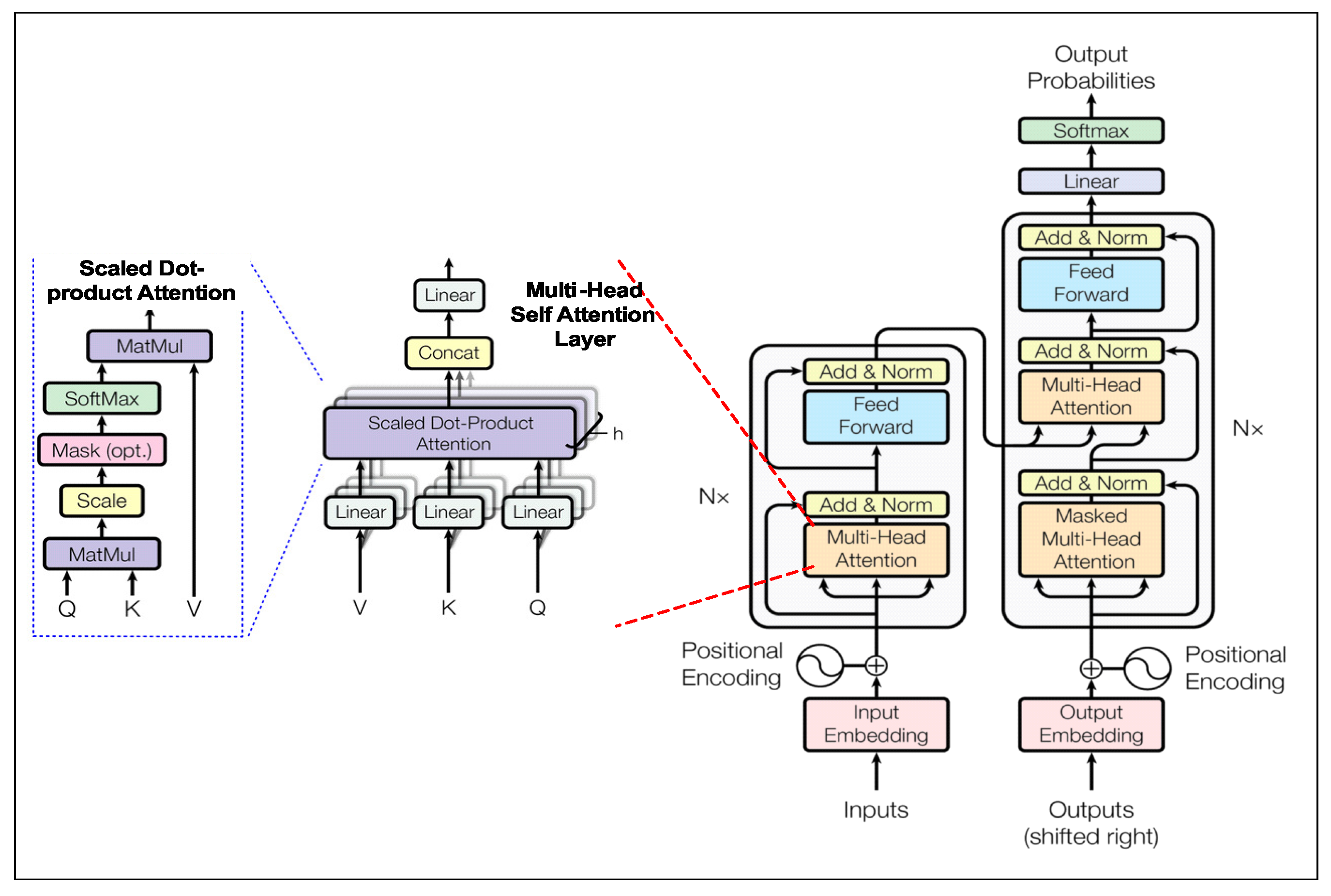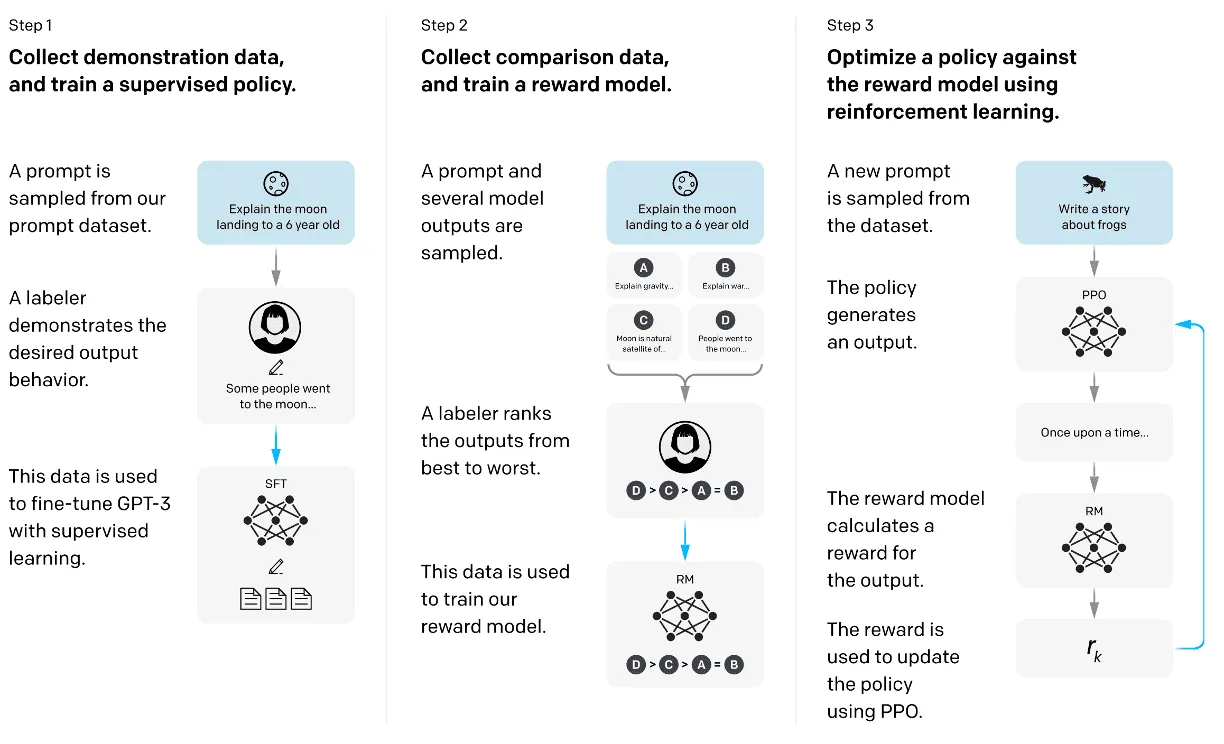From Myths to Agents: A History of Artificial Intelligence and the Birth of AI Agents
AI Agents are all around us - but in reality, this technology is a small dwarf standing on the shoulders of many giants. To avoid a large gap between the past and the present, you can read this brief history of artificial intelligence development.
Artificial intelligence has come an incredible way from philosophical concepts to powerful systems capable of independently performing complex tasks. This story is full of ups, downs, and revolutionary breakthroughs. Let's take a fascinating journey through the key moments in the development of AI that led to the emergence of modern AI Agents.
Ancient Dreams of Thinking Machines
The idea of creating artificial intelligence is not new – its roots go back to ancient times. In the myths of Ancient Greece, automatons were encountered – dolls performing actions according to a given algorithm. For example, Pandora, created by Zeus, can be considered one of the first mythological "artificial beings." In Jewish culture, there were legends about golems – creatures made of inanimate matter, animated by magical formulas, which can be seen as an ancient prototype of modern AI.
Later, in the 17th century, philosophers began to seriously consider the possibility of mathematically representing human thinking. The German thinker Leibniz believed that human thoughts could be expressed mathematically using special symbols and schemes – an idea surprisingly consonant with the modern principles of artificial intelligence.
These early concepts, albeit fantastic for their time, laid the foundation for future scientific research, showing that the dream of creating artificial intelligence has accompanied humanity for millennia.
The Birth of Modern AI: First Steps (1940s-1970s)
The real history of artificial intelligence began in the mid-20th century. A turning point was the historic Dartmouth conference in 1956, where the foundations of this science were laid and the term "artificial intelligence" was first used.
However, even before this event, important steps were taken. In 1944, researchers from the University of Chicago, Warren McCulloch and Walter Pitts, proposed the first conceptual model of a neural network, mimicking the operation of brain neurons. This became the theoretical foundation for future developments.
A real breakthrough occurred in 1957, when Cornell University psychologist Frank Rosenblatt demonstrated the first trainable neural network, called the perceptron. It was a single-layer system capable of recognizing simple images and learning from examples. Despite its primitiveness by modern standards, the perceptron became a revolutionary step, showing the possibility of creating self-learning systems.

Ups and Downs: "AI Winters" and the Revival of Neural Networks (1970-2010)
The history of artificial intelligence was not linear – periods of enthusiasm were replaced by disappointments, which were called "AI winters." The limited computing power and theoretical difficulties did not allow the implementation of promising ideas.
In the 1980s, with the advent of more powerful computers, researchers were able to develop neural networks with two and three levels of training. This was a significant progress, but a real breakthrough had to wait several more decades.

Surprisingly, the revolution in deep learning happened thanks to... the computer game industry! Modern games required complex calculations, which led to the development of graphics processing units (GPUs), combining thousands of computing cores on a single chip. Researchers discovered that the GPU architecture is ideal for training neural networks. This discovery launched a new era in the development of AI.

The Transformer Revolution: Attention Changes Everything (2017)

In 2017, an event occurred that changed the landscape of artificial intelligence – the article "Attention is All You Need" was published, introducing the Transformer architecture to the world. This architecture, based on the attention mechanism, allowed models to better understand the context in data sequences, which is especially important for natural language processing.

Unlike previous approaches, transformers could efficiently process long sequences of words, taking into account the connections between elements remote from each other. This paved the way for creating models capable of understanding and generating texts indistinguishable from those written by humans.
The Era of Large Language Models (2018-2022)
Based on the Transformer architecture, in 2018, the OpenAI research laboratory presented the first model from the GPT (Generative Pre-trained Transformer) family. Although GPT-1 was more of a proof of concept, it demonstrated the potential of generative pre-training for solving natural language processing tasks.
In 2019, a more powerful GPT-2 appeared, causing a lot of controversy. Its ability to generate coherent texts was so impressive that OpenAI initially restricted access to the full version of the model, fearing possible use for creating fake news. This case raised important questions about ethics and security in the field of AI.

The real revolution occurred in 2020 with the release of GPT-3 – a model with 175 billion parameters. GPT-3 could write poetry, create program code, draw up legal documents, and solve many other tasks without special training for each of them. This breakthrough showed that increasing the size of the model leads not only to quantitative, but also to qualitative changes in its capabilities.
ChatGPT: AI Becomes Accessible to Everyone (2022)

At the end of 2022, OpenAI introduced ChatGPT – an interactive chatbot based on the GPT model, trained using the RLHF technique (Reinforcement Learning from Human Feedback). This made it possible to create a system capable of conducting meaningful dialogues and adapting to user requests.
ChatGPT became a cultural phenomenon, gaining millions of users in a matter of days. For the first time in history, powerful AI became available to the general public through a simple chat interface. People used it for writing texts, solving problems, learning languages, getting advice, and many other purposes.
It is important to understand that ChatGPT is not a real artificial intelligence "agent", but rather a language model or assistant. It cannot independently set goals, make independent decisions, or act in the real world without human guidance. ChatGPT works as a "co-pilot" or assistant, requiring human direction.

AI Agents: A New Generation of Artificial Intelligence (2023 and Beyond)
While language models like ChatGPT have revolutionized human-AI interaction interfaces, the next step has been the development of real AI Agents – systems capable of acting autonomously.
True AI Agents have a number of key characteristics that distinguish them from ordinary language models:
- Ability to independently set goals and plan ways to achieve them
- Ability to make autonomous decisions without constant human input
- Memory for learning based on past interactions
- Integration with external systems and data sources

Modern AI Agents can interact with various tools and APIs, plan complex multi-step actions, and adapt to changing conditions. They are able to work in the background, performing tasks and reporting results upon completion.
Examples of such systems include AutoGPT, AgentGPT, and other projects demonstrating the potential of combining language models with autonomous behavior and the ability to interact with the external world.
Conclusion: On the Shoulders of Giants
Modern AI Agents stand on the shoulders of giants – the achievements of decades of research and development in the field of artificial intelligence. From the first theoretical models of neural networks to the revolutionary Transformer architecture, from primitive perceptrons to super-powerful GPT models – each step was important for creating the systems we use today.
The world of AI Agents is only beginning to unlock its potential. These systems promise to change the way we interact with technology, automate routine tasks, and help solve complex problems in various fields – from science and medicine to education and creativity.
In subsequent chapters, we will take a closer look at how modern AI Agents work, what tasks they can solve, and how they can be used effectively. But before delving into these topics, it was important to understand the historical context – the long and amazing path that led to the creation of these innovative systems.